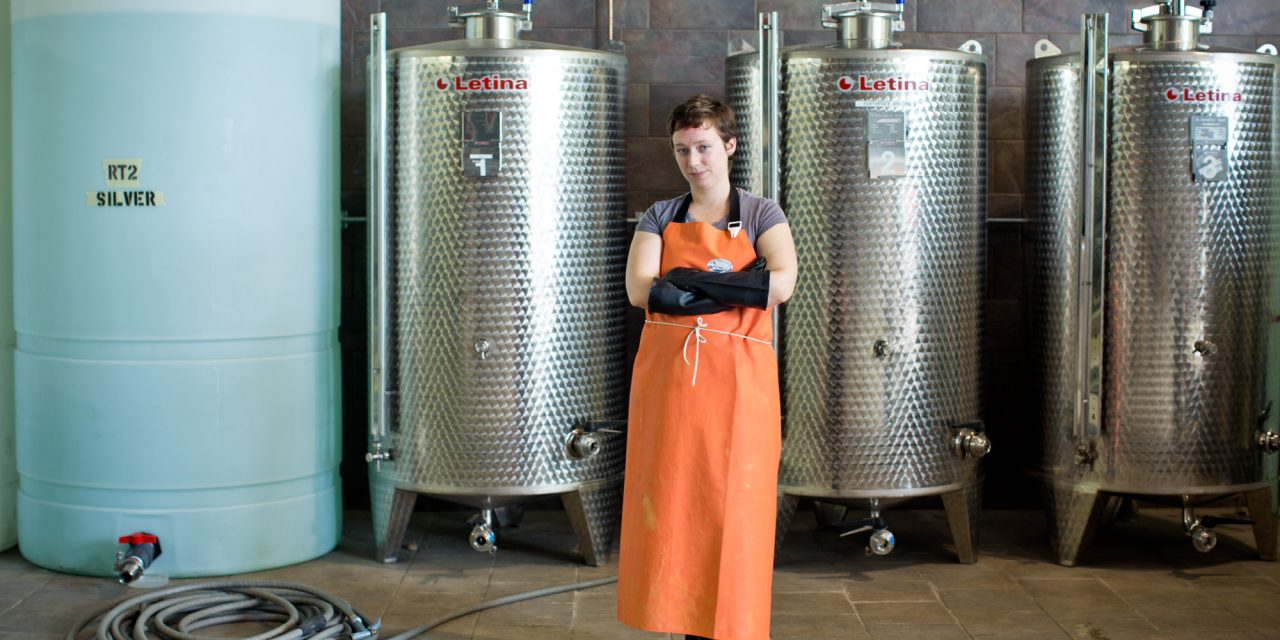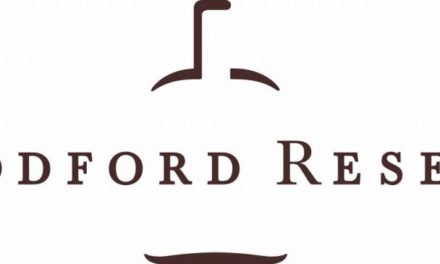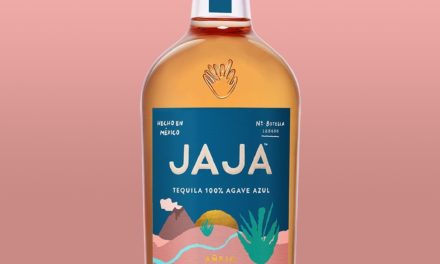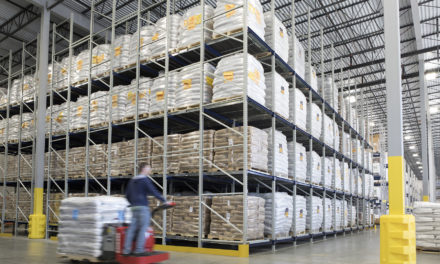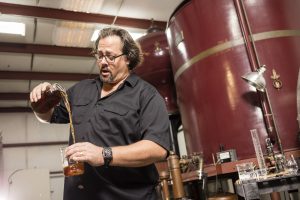
Marko Karakasevic of Charbay Distillery & Winery began learning his craft at age 10.
Marko Karakasevic learned how to distill spirits from a master. He was only 10 years old when, in 1983, his father, Miles Karakasevic, founded Charbay Distillery & Winery in California’s Mendocino County, using an alembic pot still to craft small batches of artisan brandy. Miles and Marko are the 12th and 13th generations of a family that can trace its distilling heritage back 265 years to eastern Europe, where Miles was a master distiller and studied enology and viticulture before moving to California in 1972.
The family now refers to Miles as a “grand master distiller,” meaning someone who’s successfully created, produced, marketed and sold spirits from four sources: fruit, grain, grass/cane and agave.
Like father, like son, explains the younger Karakasevic: “Becoming a master distiller is the ability to equal and exceed your instructor. Once you do that, whoever you apprenticed under — in my case, my father — will tell you that you’re now a master. When you show your instructor a product that’s as good or better than what he or she can make, you’re called a ‘master distiller.’ It took me 26 years to earn that title.”
Yet the definition of “master distiller” is murky, and the spirits industry has no formal criteria for bestowing the title.
Ability, Not Title, Is Key
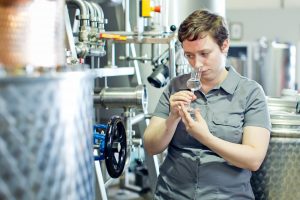
Privateer Rum’s Head Distiller Maggie Campbell
“I don’t refer to myself as a ‘master’ distiller—I go by ‘head’ distiller,” says Maggie Campbell of Privateer Rum in Ipswich, Massachusetts, a small producer of critically acclaimed rum and gin. “I believe ‘master’ is often abused in the United States because some new distillers are claiming it without much training or experience.
“‘Master’ is used too loosely here, which might be because America’s distilling history isn’t as well established as in other cultures. To call yourself a master distiller in rum, in particular, is challenging, because rum is made all over the world.”
Campbell doesn’t go out of her way to correct people using the “master distiller” moniker, but it bothers her to see someone who lacks the technical expertise calling him- or herself one. “The title has to be bestowed upon you—or earned—only after decades of practical training. The ability is more important than the title. I’d love to understand enough about distilling to have a mastery of it.”
Campbell earned her diploma in craft distilling technologies from the Chicago-based Siebel Institute of Technology and holds a level IV diploma from the Wine and Spirits Education Trust. She previously worked in Northern California as an assistant distiller at Germain-Robin. She’s also on the board of directors of the American Craft Spirits Association.
Continuing her thirst for knowledge, Campbell is currently immersed in the rigorous Masters of Wine program, which she calls “the ultimate cross-training” to become the ultimate distiller: “Some of the chemistry is the same between wine and spirits, especially the ports.”
The internet has let Campbell forge relationships with other distillers and share practical information among peers, she says, but there’s still plenty of “bad stuff” online aimed at novice distillers. “I hear about and read how untrained distillers are making poor production choices based on things they may have learned online, like the person who was recently badly burned by running hot mash through a plastic hose. Hot mash is sticky and can be very dangerous. When I see things like this online, I get scared for our industry. Safety is a top priority for me.”
A Signature Style
When he was old enough to have his own set of keys to the family’s California distillery, Marko Karakasevic began working around the clock on his “liquid thesis,” as he calls it. “In 2005, I had the opportunity to buy 3,500 gallons of beer from a local brewery. I distilled it and aged it in stainless steel for four years. I wanted to showcase and create a grain-based eau de vie.” (Eau de vie is a clear-as-water distillate meaning “water of life” or “elixir of life.”)
In his younger days, Karakasevic had made eau de vie from wine and also produced clear rum from sugarcane syrup. “But I wanted to show off my skills further. My goal was to make a grain-based, clear spirit with no barrel aging — no second chance to add body or a flavor, or to make changes to the distillate.”
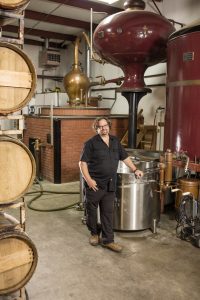
Marko Karakesevic of Chambray Distillery & Winery
He would master the clear spirit, release a product that had never been released before by his family, market and sell it, then place it into competition. “We released Doubled & Twisted Light Whiskey in 2009. In 2010, I entered it into the Ultimate Spirits Challenge in New York, where it received the highest point of any American whiskey that year. My dad said he didn’t need any judge’s opinion about it, because he knew it was fantastic. But I told him, ‘I’m just letting you know that someone else besides you thinks it’s great.’”
Today, Charbay Distillery produces whiskey, tequila, clear vodka and flavored vodka, rum, brandy and a black walnut liqueur. The family’s fortified wines are made using the alembic pot still at their Napa Valley location, while most of the distilled spirits come from their Mendocino County facility in Ukiah.
“I have a signature style,” says Karakasevic. “Doesn’t matter if it’s rum, whiskey or tequila, it’s got my style because I made it — and that’s what it’s all about.”
Seminars and Diplomas
Karakasevic is aware of the many seminars and workshops that budding distillers can attend for a crash course in how it’s done, but he draws the line at being an instructor. “I’m occasionally asked to participate, but I haven’t done it yet and don’t think I will. That knowledge stays in my family. It’s Old School style. It’s not worth it to me to give it away. I worked my butt off to get to this stage.”
Campbell is equally dubious of quickie seminars, saying, “I’m still learning important things 12 years in, and I wouldn’t feel confident teaching others.”
She admits to being a little younger than most seasoned distillers, but it’s been her entire career. “I came up when there was only a small community of craft distilleries, and now I don’t even know all of the distilleries in my own state. But that’s great for the spirits industry.”
She’s also excited about the opportunities ahead for the next generation of distillers. “I’ve been lucky to be called a ‘second generation distiller,’ but now we have a third generation, which is all those distillers who’ve opened in the past three to four years.”
Campbell says that, in her industry, Heriot-Watt University in Edinburgh, Scotland, is regarded as the top technical school for brewing and distilling, particularly for whiskey. [The university awards a Master of Science in Brewing and Distilling diploma to students who complete a year-long academic program that includes a significant research project.] “Now I’m seeing lots of young kids attending Heriot-Watt––the fourth generation is coming up,” she says. “These are the kids that also want to do unpaid internships just to qualify for a basic position at a distillery.”
Distilling Is an Art
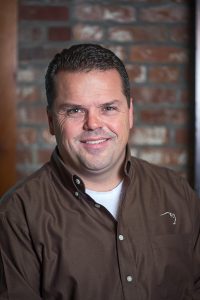
Buffalo Trace’s Master Distiller Harlen Wheatley holds degrees in chemistry and chemical engineering.
At one time, Campbell says, she was defensive about the misuse of “master,” because it means something to the people who really earned it and deserve it. “I know a master when I see one, like Harlen Wheatley of Buffalo Trace Distillery, for instance. I’ve spent time with Harlen, and he’s very secure in his abilities and very passionate about whiskey.”
Kentucky native Wheatley says a master distiller is someone with enough distilling experience to master the trade: “The way you’d measure his or her experience is through the products they make. This person would be responsible for the production of the spirits and also have knowledge about all aspects of their facility. It’s someone who’s demonstrated the ability to lead a distilling team and who’s developed a track record of successful products.”
Holding degrees in chemistry and chemical engineering, Wheatley joined Buffalo Trace in 1995 and trained for 10 years under master distiller Gary Gayheart. When Gayheart retired in 2005, Wheatley was elevated to master distiller. The distillery’s Wheatley Vodka was created by — and named for — him. Whiskey has been produced for more than 200 years on the property in Frankfort, Ky., where Buffalo Trace is located.
Though he apprenticed alongside a master distiller for most of his life, Karakasevic supports the pursuit of academic diplomas for anyone who wants to learn the craft. “Hopefully, it will help to increase the quality of the products. There are already many great new distilleries out there with great distillers. But the bottom line is, distilling takes time, and it’s an art. Having degrees and diplomas still has to translate to what’s in the bottle.”

